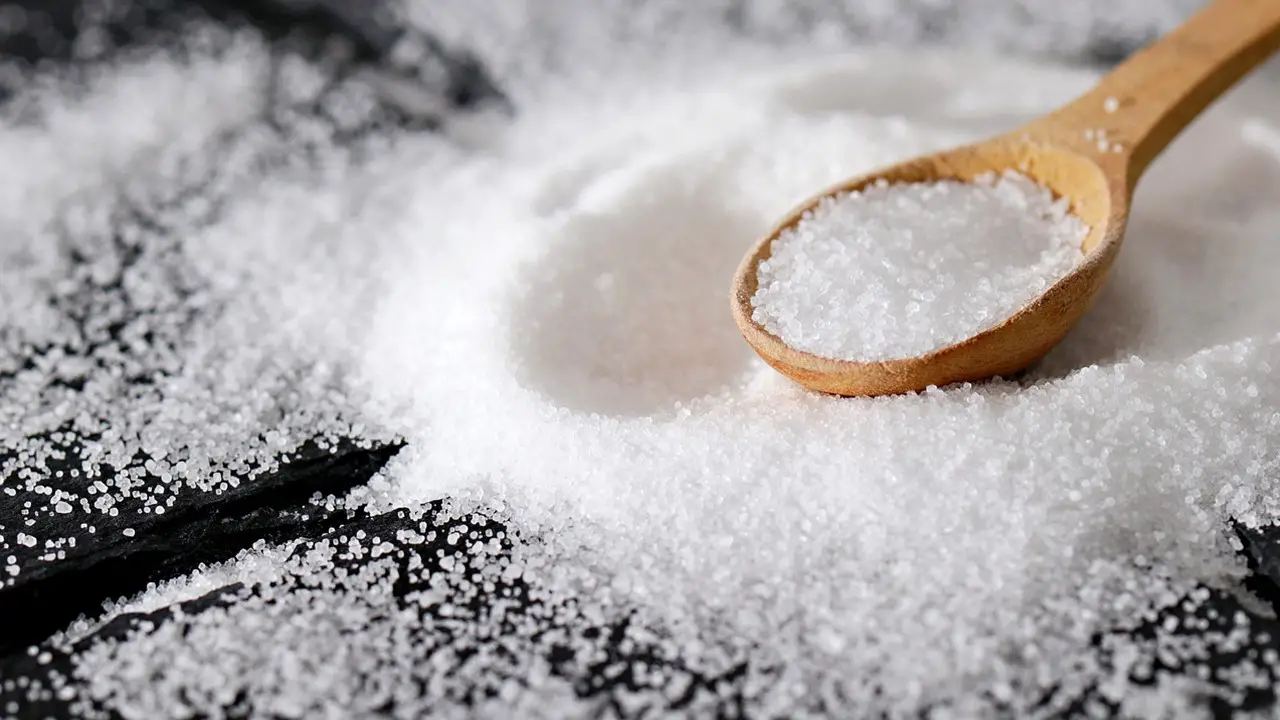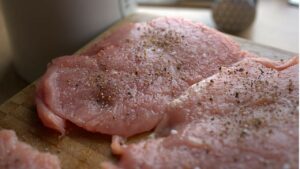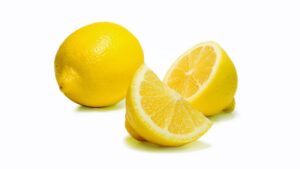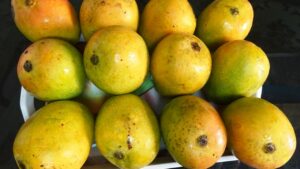Salt is a seasoning agent in Indian cuisines. It has been a part of Indian culinary culture since ancient times. You can say it is the most basic ingredient of cooking.
There are five types of salt – sea salt, rock salt, black salt, efflorescence salt, and earth salt. If you don’t know the difference in taste and uses of these salting agents then you may remain over or under-salting your food.
Some may refer to kosher salt whereas some as normal iodized salts, it may vary from brand to brand.
Use of Salt in Bengali and Indian Cuisine

Salt is having a universal usage in our kitchen, in fact, “world kitchen”- “Noon Chara Shaad Hoina”- without salt there is no taste.
It is a preservative, seasoning, add texture, nutrient, color enhancer, and even a binder. Every recipe bows down to this single ingredient.
Salt simply balances the acidity and sweetness in the food. If the salt is less than making the food bland, on the other hand, salty completely ruins even the slightest chance of improvement. While cooking it simply brightens the dish.
When to Salt?
You must know when to put the seasoning. You must know when it’s “season to taste”. It is being said that you must “check to season and add salt if required”.
It is very important to follow the guidance in the case of salt as salt will affect the food differently in a variety of stages.
Vegetables and meat both need salt at different stages of cooking.
Where to Salt?
Cauliflower, potatoes, and jackfruit are usually half-boiled before using to make curries. Salt is added when boiling these vegetables.
Salt brings out the best of spices and so, should be used adequately. It is used in times of marinating fish and meat.
A pinch of salt is a must for every type of dessert, from cakes to cookies, kheer to doughnuts, and many more.
Salt is added to all types of drinks to make them yummier. It is used for making any type of Indian flatbread.
Salt is used to make lentil dumplings and papad as well. Masala chai or spicy tea also uses a little amount of salt.
So, you see, salt is a must-use ingredient in all types of delicacies.
How Much Salt?
Though they say it’s “salt to taste”, still every food has a direction. You must not use too much salt or under-salt any food. Like its says:
1 tbsp/2 quarts water for pasta
1 tsp/3 cups water for boiled veggies
1 tsp/3 cups liquid for cooked cereal
1 tsp/3 cups flour for dough
2 tsp/pound for boneless meat
1 tsp/quart for soups and sauces
What is the Taste of Salt?
Salt is a basic taste sensation that is primarily characterized by its “salty” flavor.
It is often described as a sharp, pungent, and savory taste that enhances the flavor of food.
The amount of salt used can also impact the taste, with too little salt resulting in blandness and too much salt resulting in overwhelming saltiness.
Additionally, salt can also have a slight bitter taste when consumed in high quantities.
What Does Salt Do in Cooking?
Salt is an essential ingredient in cooking that serves several purposes:
Enhances flavor: Salt can enhance the flavor of food by bringing out and intensifying the natural flavors of ingredients.
Balances flavors: Salt can balance out the flavors of a dish by reducing bitterness and sweetness and adding a savory taste to the food.
Preserves food: Salt can act as a natural preservative by inhibiting the growth of bacteria and other microorganisms that can spoil food.
Tenderizes meat: Salt can help to break down the muscle fibers in meat, making it more tender and juicy.
Improves texture: Salt can improve the texture of food by helping to dissolve certain proteins and starches, resulting in a smoother texture.
Overall, salt is a crucial ingredient in cooking that can greatly impact the taste, texture, and preservation of food.
However, it is important to use salt in moderation as excessive consumption of salt can lead to health problems.
What Salt is Best for Cooking?
There are different types of salt that are available In the market.
You can check out the salt: Smoked Gray Sea Salt, Black Salt, Red Salt, Maldon Salt, Himalayan Salt, Fleur de Sel, Truffle Salt, Sea Salt, Coarse Salt, Kosher Salt, Table Salt and Rock Salt.
According to your need, you need to select the best salt for the purpose.
Questions & Answers:
Why Do Chefs Use Salt?
All who cooks use salt in their cooking. Without salt the food will not taste perfect.
Does Salt Cook Meat Faster?
Yes, the salt cooks the meat faster as the moisture oozes out of the meat simply makes the whole process of boiling faster.
What is Salt Called in Different Languages?
Salt is an English word, Noon in Bengali and Namak in Hindi.
Conclusion
Salt is an essential and universal ingredient in Indian cuisine that enhances flavor, balances taste, preserves food, tenderizes meat, and improves texture.
There are various types of salt available in the market, and it’s essential to use the right type of salt in the right amount while cooking.
Salt brings out the best in spices and is used in all types of dishes, including desserts and drinks.
It is important to know when and where to add salt in different recipes and follow the guidance given in the recipe.
Salt adds a sharp, pungent, and savory taste to food, and excessive consumption of salt can lead to health problems.
Overall, salt is a must-use ingredient in Indian cooking, and chefs use it to make the food taste perfect.







